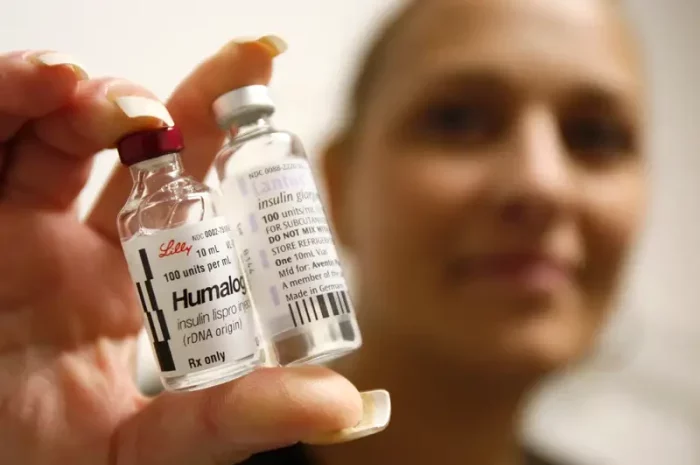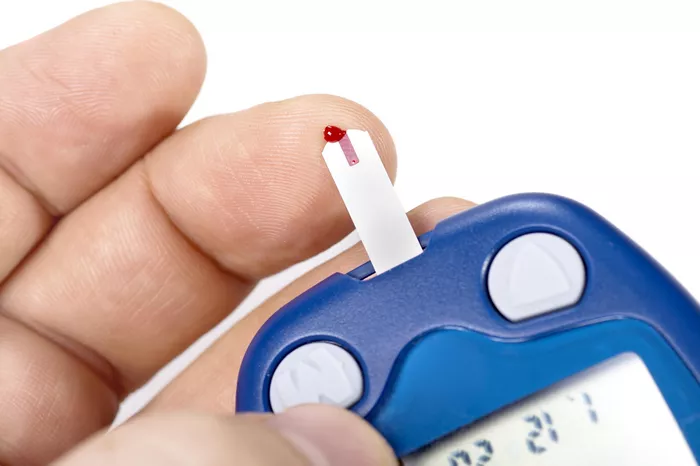Living with type 1 diabetes requires a multifaceted approach to management, encompassing careful monitoring of blood sugar levels, precise insulin dosing, and lifestyle modifications.
Long-acting insulin, also known as basal insulin, plays a crucial role in the treatment regimen of individuals with type 1 diabetes, providing a foundation of continuous insulin coverage to maintain stable blood sugar levels throughout the day and night.
In this comprehensive guide, we explore the mechanisms of action, types, dosing strategies, and clinical considerations associated with long-acting insulin therapy in type 1 diabetes, empowering individuals and healthcare providers to make informed decisions about diabetes management.
Understanding Type 1 Diabetes
Type 1 diabetes is an autoimmune condition characterized by the destruction of insulin-producing beta cells in the pancreas, leading to absolute insulin deficiency.
Without sufficient insulin, glucose cannot enter cells to provide energy, resulting in elevated blood sugar levels and metabolic imbalances. Individuals with type 1 diabetes require lifelong insulin therapy to regulate blood sugar levels and prevent complications associated with hyperglycemia.
The Role of Long-Acting Insulin
Long-acting insulin serves as the foundation of basal insulin therapy in type 1 diabetes, providing a steady, background level of insulin to meet the body’s ongoing metabolic needs between meals and overnight.
Unlike rapid-acting insulin, which is taken before meals to address postprandial glucose spikes, long-acting insulin is designed to mimic the basal secretion of insulin by the pancreas throughout the day. By delivering a consistent supply of insulin, long-acting insulin helps to stabilize blood sugar levels and reduce the risk of both hyperglycemia and hypoglycemia.
Mechanism of Action and Types of Long-Acting Insulin
Long-acting insulin formulations are engineered to release insulin gradually over an extended duration, providing sustained coverage for up to 24 hours. The two main types of long-acting insulin currently available include:
Basal Insulin Analogues:
Basal insulin analogues, such as insulin glargine (Lantus, Basaglar, Toujeo), insulin detemir (Levemir), and insulin degludec (Tresiba), have a modified molecular structure that prolongs their duration of action and maintains a more consistent insulin profile compared to traditional intermediate-acting insulins like NPH (neutral protamine Hagedorn) insulin.
Ultra-Long-Acting Insulin:
Ultra-long-acting insulin degludec (Tresiba) offers an extended duration of action beyond 24 hours, providing flexibility in dosing timing and reducing the risk of missed or delayed injections. With its ultra-long duration of action, Tresiba allows for once-daily or even less frequent dosing regimens while still providing reliable basal insulin coverage.
Dosing Strategies and Clinical Considerations
When initiating long-acting insulin therapy in individuals with type 1 diabetes, several factors must be considered to optimize dosing and achieve glycemic control:
Basal Insulin Dose:
The starting dose of long-acting insulin is individualized based on factors such as age, weight, insulin sensitivity, carbohydrate intake, physical activity level, and previous insulin requirements.
Healthcare providers may recommend initial dosing based on weight-based algorithms or titration protocols to achieve target fasting blood glucose levels.
Injection Timing:
Long-acting insulin is typically administered once daily at the same time each day to maintain consistency in insulin coverage and minimize fluctuations in blood sugar levels.
Evening administration may be preferred for some individuals to address overnight insulin needs and reduce the risk of nocturnal hypoglycemia.
Titration and Adjustment:
Regular monitoring of blood glucose levels is essential for adjusting long-acting insulin doses and optimizing glycemic control.
Healthcare providers may recommend titrating basal insulin doses based on fasting blood glucose readings, aiming for target ranges established in collaboration with the individual.
Combination Therapy:
Long-acting insulin is often used in conjunction with rapid-acting insulin or premixed insulin formulations to provide both basal and prandial coverage throughout the day.
Combination therapy allows for flexible insulin dosing to match mealtime insulin requirements and accommodate variations in carbohydrate intake and physical activity.
Clinical Benefits and Outcomes
The use of long-acting insulin in type 1 diabetes management offers several clinical benefits and outcomes, including:
1. Stable Blood Sugar Control:
Long-acting insulin provides continuous basal coverage, helping to stabilize blood sugar levels and reduce the frequency of hyperglycemic and hypoglycemic episodes.
2. Reduced Risk of Complications:
Tight glycemic control with long-acting insulin therapy can lower the risk of diabetes-related complications, including cardiovascular disease, nephropathy, retinopathy, and neuropathy.
3. Improved Quality of Life:
By minimizing the need for frequent injections and promoting consistent blood sugar levels, long-acting insulin therapy can enhance quality of life for individuals with type 1 diabetes, reducing the burden of diabetes management and improving overall well-being.
Conclusion
In conclusion, long-acting insulin plays a pivotal role in the management of type 1 diabetes, providing essential basal coverage to maintain stable blood sugar levels and reduce the risk of complications.
By understanding the mechanisms of action, types, dosing strategies, and clinical considerations associated with long-acting insulin therapy, individuals and healthcare providers can collaborate to optimize diabetes management and improve outcomes.
Through personalized treatment plans, regular monitoring, and ongoing support, individuals with type 1 diabetes can navigate their journey with confidence and embrace a life of health, vitality, and empowerment.


























